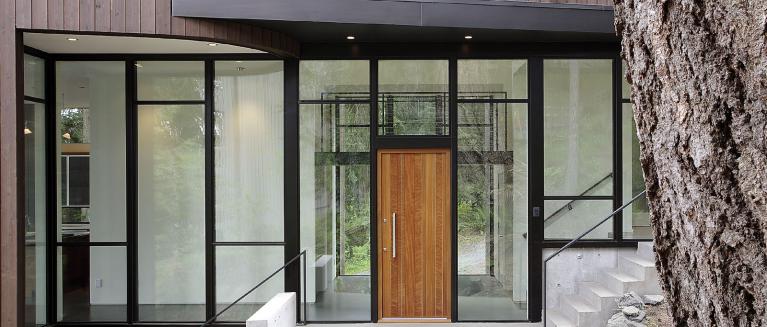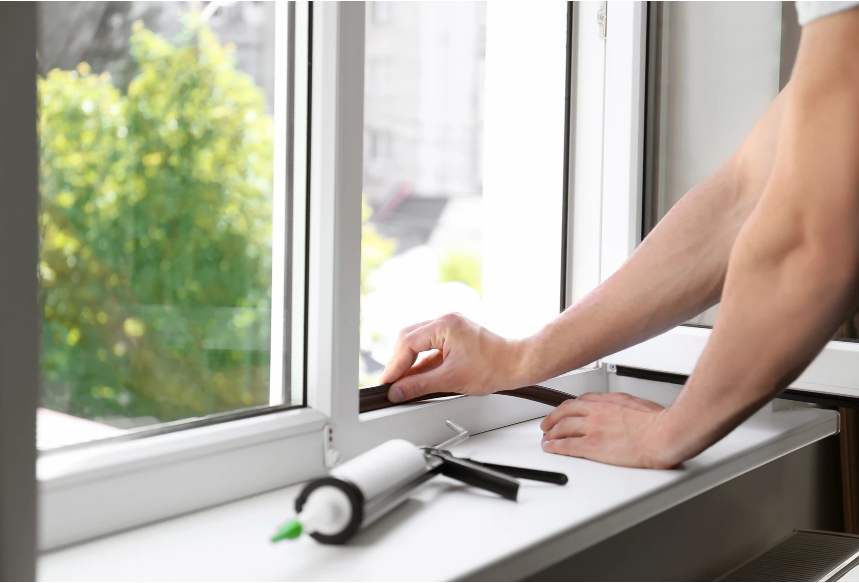Optimal Energy Efficiency

There is no one type of remodeling project that is more effective at simultaneously making your home more comfortable, more energy-efficient, and more valuable on the market than replacing your windows. Old windows are a huge drag on your energy bill, and replacing them with new ones will do wonders for lowering your energy bills.
However, when you approach the task of replacing them with maximum energy efficiency in mind, the comfort, value, and efficiency of your home can truly skyrocket.
The simple fact of the matter is that windows are like little portals of energy loss. We all spend a lot of money on our heating and air conditioning units trying to keep our homes at the optimal temperatures as the seasons change.
When energy-efficient windows aren’t in place, a lot of that energy (and money) literally flies right out the window. However, it’s not just being airtight or having great insulating properties that make the best windows super energy-efficient, although those things are certainly important.
There are several other factors that go into making windows optimally energy-efficient, and the technology behind these factors has been getting better and better over the years.
If energy efficiency is your top priority when it comes to replacing your windows, then you’ll definitely want to read this article!
We cover all of the different factors that go into making windows these days as energy efficient as possible, and you’ll want to keep an eye out for those details when you go window shopping.
The Factors of Energy Efficient Windows

Multiple factors go into making windows energy efficient. By energy efficient, we mean that they don’t serve as sources of heat loss. First and foremost, the most important factor regarding energy efficient windows is the possession of a completely air tight seal.
Regardless of the presence of any of the other factors we will go cover in this article, if your windows aren’t completely airtight and sealed shut, heat will escape from or enter home and your heating and cooling appliances will have to work extra hard to maintain the comfortable temperature of your home.
The next most important factor when it comes to optimal energy efficiency in windows is the number of window panes. The higher number of window panes, the more efficient your windows will be in terms of insulation.
Heat doesn’t need to travel via air leakage to escape your home. As a result of the reality of simple physics, energy will transfer across a gradient whenever there is a barrier separating areas of high and low energy, or warm and cool temperatures.
That means that when it’s warm inside your house and cold outside, heat is going to be lost across the barrier of your windows’ glass panes.
Extra window panes help slow the movement of heat across that barrier, and this task is also aided by inert gases that are sealed in between the additional window panes that help to trap heat and keep it on the warm side of the barrier.
Another important factor to consider when shopping for windows and keeping energy efficiency in mind is a given set of windows’ condensation resistance.
Windows are coated with different materials that have different effects in terms of heat and light reflection, but these materials come in a wide variety of types and qualities, and each kind can have varying properties when it comes to water condensation.

The best windows are the ones that have high condensation resistance. Water that condenses on the window can not only cause water damage if it manages to seep into and soak the window frame, but it also can affect temperature fluctuations.
More specifically, in the winter months, water condensation on the windows can actually make your heater work extra hard to keep your house warm, as the cold water on the window creates a greater difference in the temperatures between one side of the window and the other, which causes heat to transmit over to the cooler side at a higher rate.
Simply put, this makes your house colder than it should be, making your heater work extra hard and causing your energy bill to go up. Look for windows with high condensation resistance.
Another important factor to consider when it comes to window shopping is the amount of light that a given window lets in. This has important consequences when it comes to not just the aesthetic vibe of a window, but also the overall temperature fluctuations in your house.
In the winter months, it’s better to have more light come through than less, because the light carries heat with it that helps to maintain the warm temperature in your home.
However, in the summer, light has the same properties of carrying heat, but you’re likely trying to keep your home cool. In San Diego where it is more often too hot than it is too cold, it’s likely to be more energy efficient to purchase windows with a low degree of light transmittance, but this is something that simply comes down to preference.
Conclusion
We hope this article has illuminated some of the factors of optimal energy efficiency when it comes to windows that you hadn’t considered yet.
Replacing your windows with new ones, especially energy-efficient ones has the ability to make your home feel all the more comfortable, and it also increases the market value of your home while simultaneously reducing the total cost of your energy bill. It’s a win-win-win on all sides.
Remember, whether it’s one window that needs replacing or all of your windows, we offer free estimates on any job, big or small! If you’re thinking about replacing your windows, get in touch with us today! We look forward to hearing from you!







